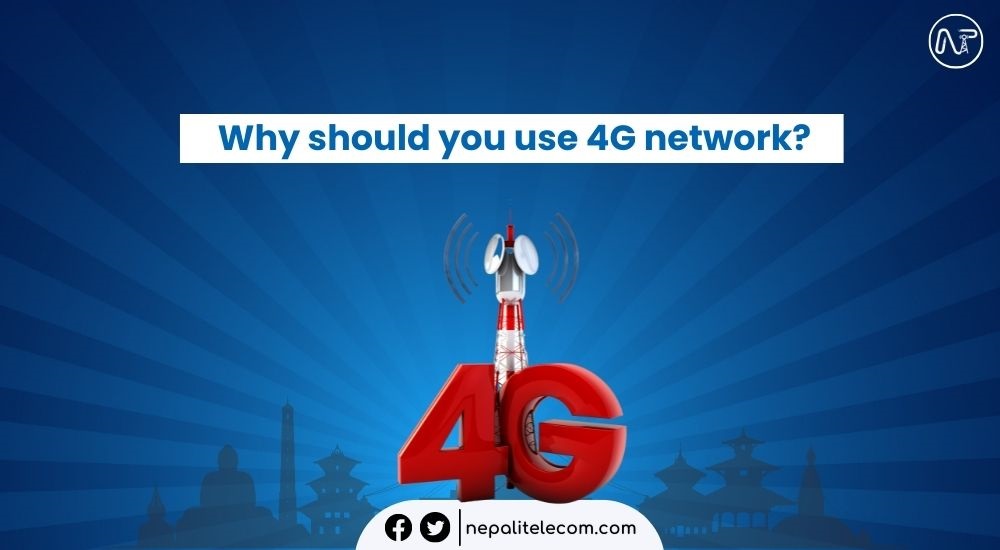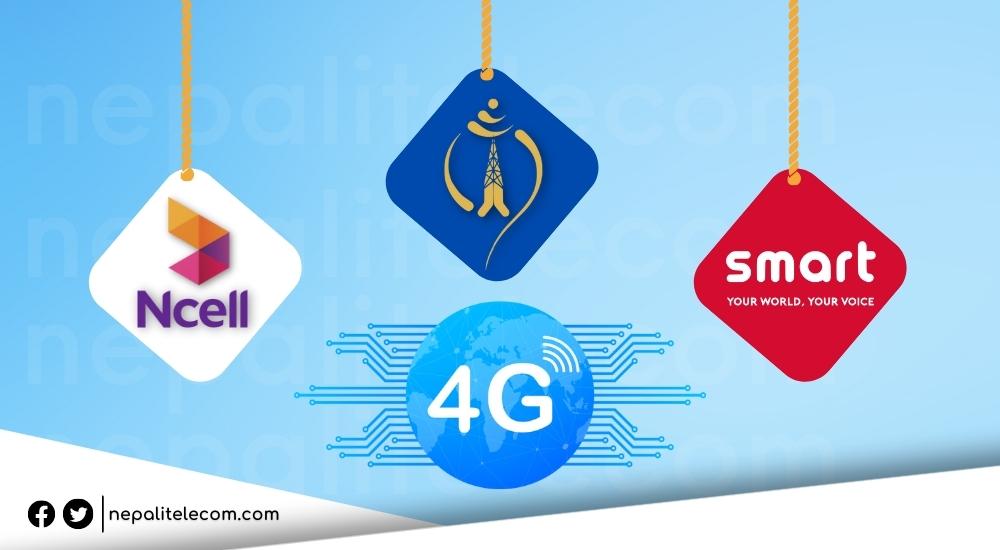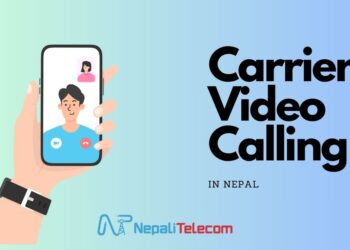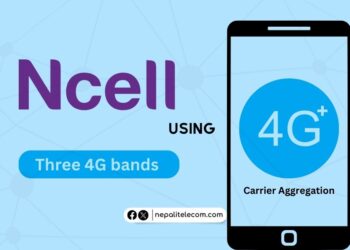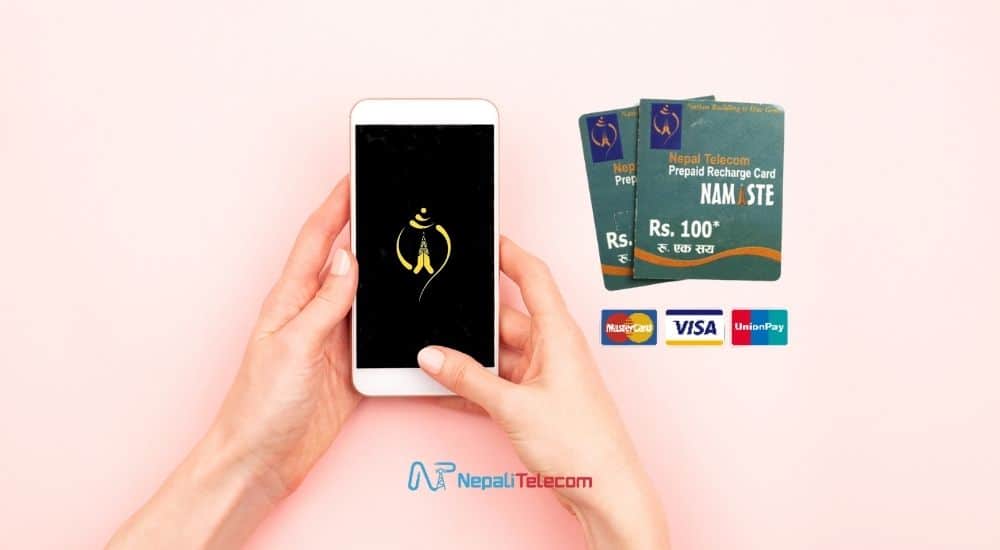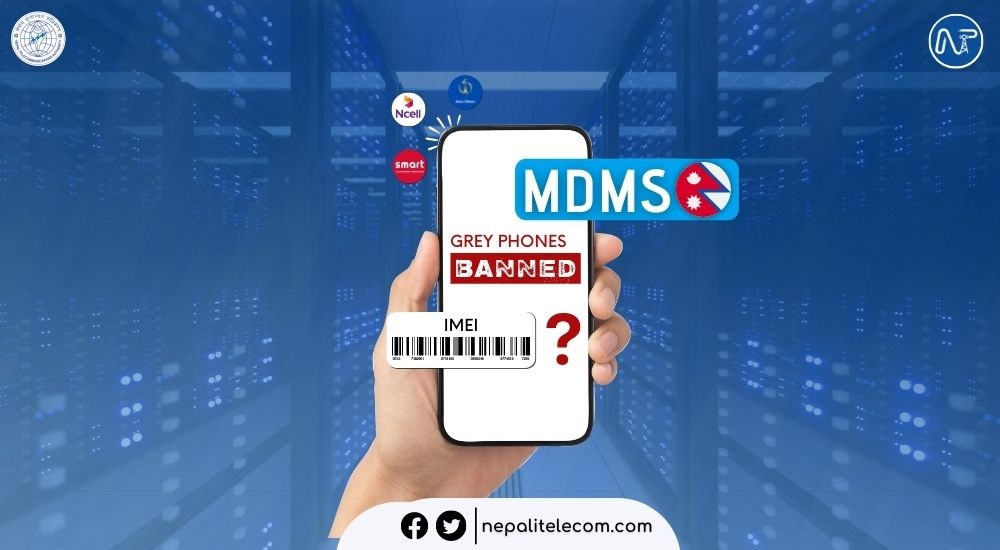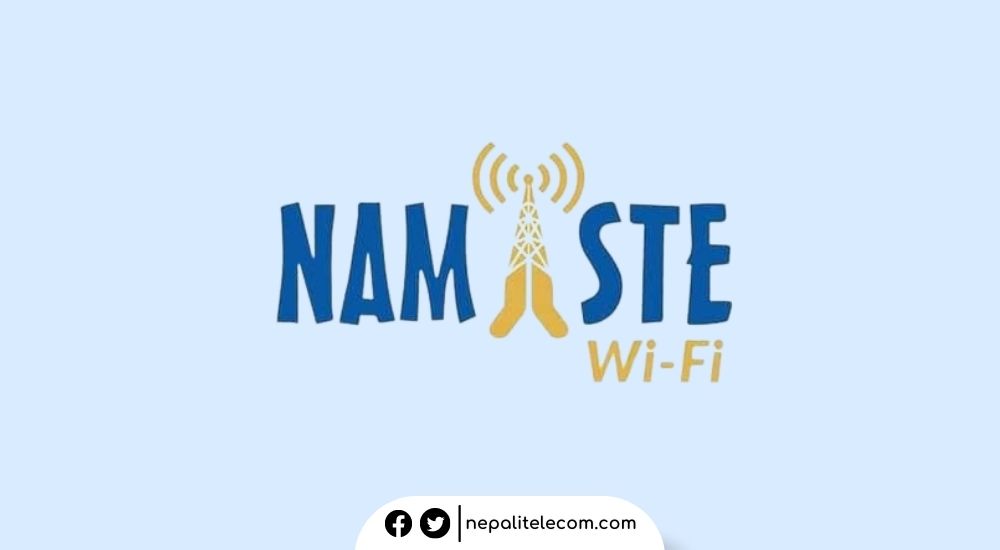Do you prefer to keep your smartphone on 4G network or let your device connect to any itself? Depending on your needs and coverage, you can switch between various mobile networks but each comes with its own pros and cons. In this post, we make a case to choose 4G over its preceding networks. Find out why.
4G mobile network, based on Long Term Evolution (LTE) arrived in Nepal in 2017 and has gradually transformed our experience of mobile internet. From basic browsing to streaming Netflix, and video calls on Zoom, every activity on our mobile phones has become easier thanks to the highly efficient 4G network.
Today, more people own a smartphone than a dated feature phone. It’s also likely that most people are on a form of social media and love to watch videos on YouTube. But there are others who also stream and game online on mobile phones. 4G meets the expectation of all.
But still, there are many who still confine to third-generation technology (3G) or second-generation (2G) due to the lack of knowledge or information on how to transition to 4G. There are also myths that 4G is available only in cities, has less signal penetrability, and it’s too expensive which can be deterring some from activating the network on their devices. In this post, we talk about the need to use 4G, debunk the surrounding myths, and also mention how you can upgrade to a 4G network.
Don’t miss: The State of 4G Speed in Nepal and its Influencing Factors
1. Blistering speed
4G is fast. It is decently fast enough to suit our internet needs. While 3G gave us up to 7-10 Mbps data rate, 4G offers up to 100 Mbps speed in an ideal environment. In the real world, you can get 20 to 30 Mbps speed in most settings. So, what can you do with it? It allows a variety of activities. From browsing to streaming music and HD videos, and playing online gaming, 4G handles most internet needs with ease. So, 4G remains the current real-world broadband king.
Likewise, Ntc uses a technology called Carrier Aggregation for its LTE network which further boosts its speed. The network allows for more such innovations which further amplifies its utility in today’s times.
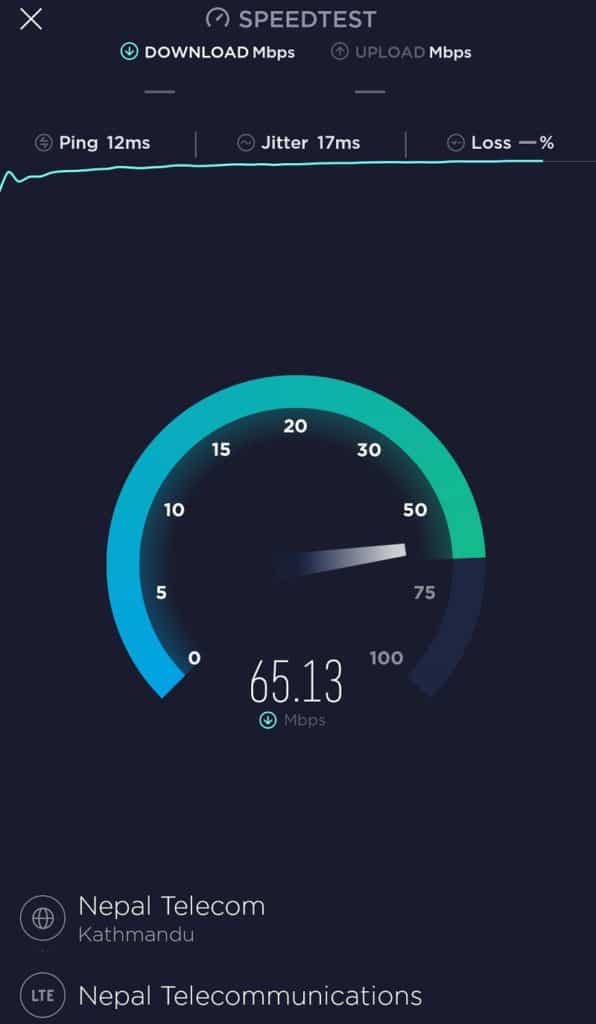
2. Wide coverage
There is a myth regarding 4G that it is mostly limited to urban settlements but 4G LTE is an ideal cellular network in terms of coverage. In the last few years, Nepali operators have greatly emphasized improving as well as expanding the fourth-generation network across the country. Besides, almost every phone these days comes with 4G support by default complementing a reliable and efficient mobile broadband experience for users.
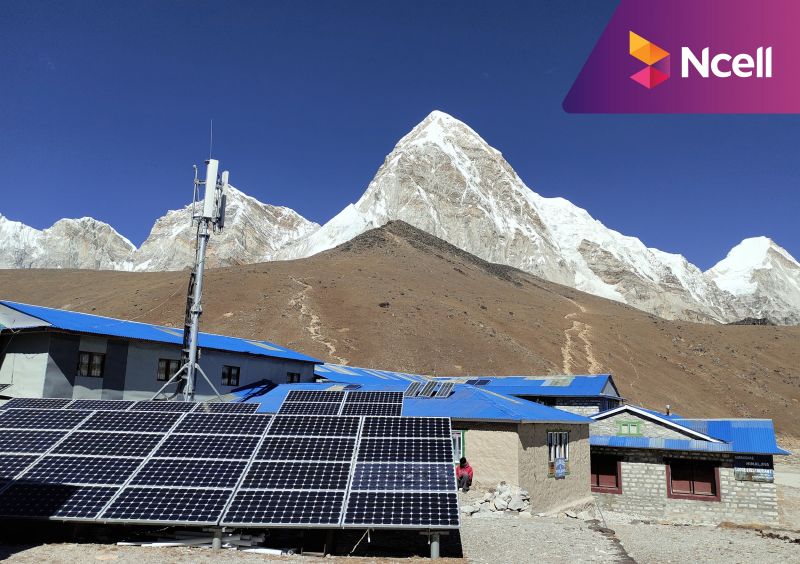
Plus, 4G networks leave behind 3G because telcos have set up more BTS towers for 4G. At the same time, 3G is more concentrated in city areas, whereas 4G is helping bridge the digital divide in both urban and rural settlements. For smartphone uses, only the spectrum band can be a concern, but phones shipped to Nepal come with native support to allow seamless connectivity. Find out how to check the 4G or 5G bands on a phone.
3. Battery efficiency
4G is a newer innovation than its predecessor and it refines our mobile broadband experience. As the network itself is also widely available, it doesn’t take a much toll on our smartphones. We tend to lose the juice out of our phone when it struggles to connect to a network. But as a 4G cellular network is available in most areas in Nepal, our devices can mostly establish connectivity almost wherever a base station is available.
With 4G network mode on, you can expect a more consistent and better battery efficiency for your smartphone.
4. Flexibility
Due to its faster speed, you can make use of the high-speed capacity of 4G for a variety of needs at your convenience. All you need is a 4G SIM card and you can use it on other devices. Additionally, you can also create a WiFi hotspot and connect more devices to it. 4G can be a good replacement for your home WiFi too.
In addition, operators can also use existing 4G hardware to establish 5G communications. Ntc is partly using the existing LTE hardware for its 5G trials called Non-standalone architecture. The telcos can save time and money with the ability that the fourth-generation technology allows for. That also means, the sooner we adopt 4G, the sooner it will make it easy for the commercial deployment of 5G.
Check out: NTC Launches 4G LTE Namaste WiFi for Areas with No FTTH
5. Affordable data packs
Still many deprive themselves of using the fast internet unleashed by 4G frequencies because of the misperception that the data packs are expensive. But not just 4G but the overall mobile broadband rate has become significantly cheaper in recent years. The growing use of smartphones has also contributed to the lowering cost of 4G internet. Particularly, since Covid-19, mobile network operators in Nepal restrategized their data packages and have made them more affordable. All other major telcos in Nepal offer various data packs dedicated to 4G users.
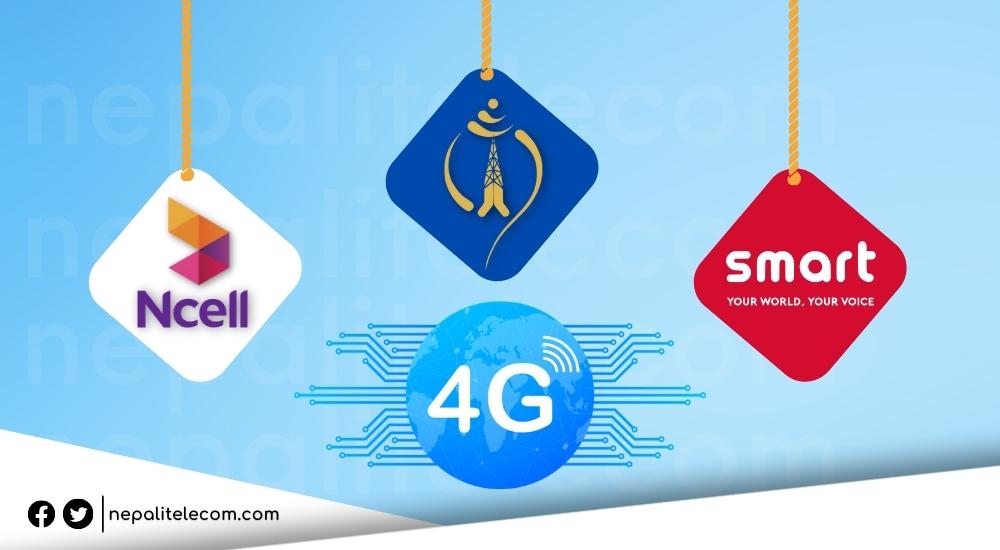
Check out:
Latest NTC Data Pack with Price, Code, Volume, & Validity
Latest Ncell Data Packs With Volume, Price, and Code
Smart Cell SIM Offer, Data, Voice Tariffs & More
6. VoLTE for HD call
Newer technologies support better innovation and that is no exception with 4G. One of the best parts of the 4G network is that it enables HD voice call on smartphones through a technology called VoLTE. Short for Voice over LTE, the unique technology lets users make calls on 4G networks without falling back to 3G or 2G networks. What’s more interesting is that with it, users can make HD calls and browse data at high-speed simultaneously.
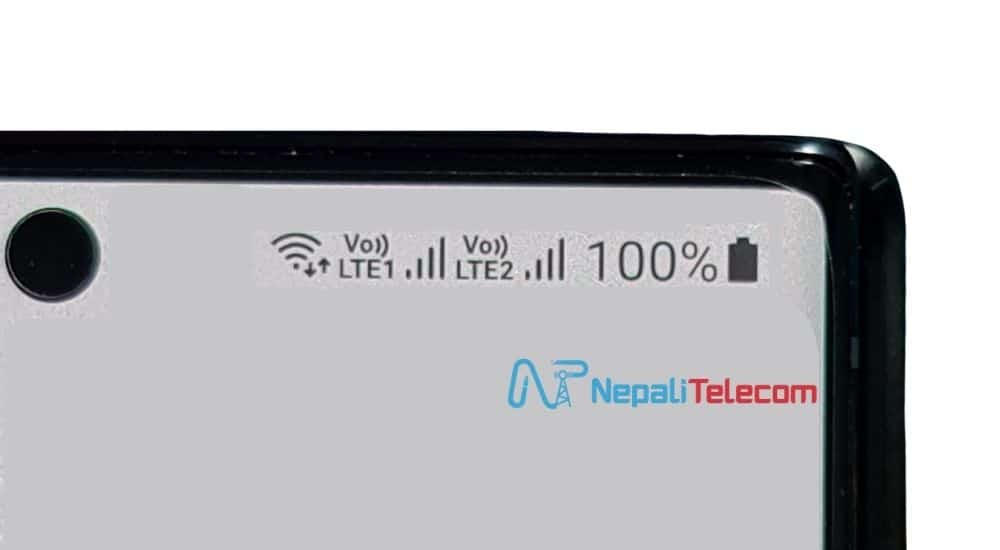
So far, VoLTE is available on a few handsets on the 4G network of Ntc and Ncell. But both companies are coordinating with different manufacturers to add support for the feature for Nepali users. We expect that gradually more devices will get compatibility through the OTA update by different phone makers.
Also read: Which Phone Brands Have Band 20 4G Support and VoLTE in Nepal?
7. Easy to activate
Activating 4G connectivity requires only a few steps. But also make sure that you have a 4G compatible phone with the band support. Depending on which telco’s network you are on, you can use the USSD method, visit a nearby call center, or follow other easy methods.
Learn the steps to activate 4G on Ntc, Ncell, and Smart Cell, and also find out how you can toggle the 4G LTE mode on your smartphone.
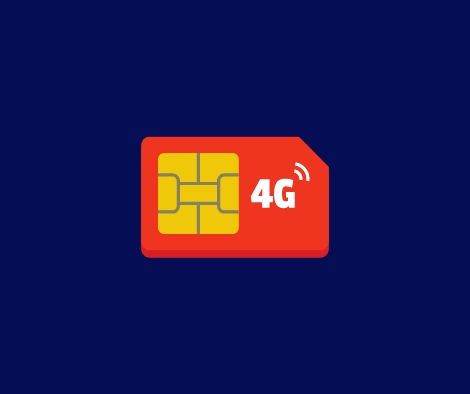
As per Nepal Telecommunication Authority, there are 1 crore, 85 lakh, 59 thousand, 5 hundred, and 22 4G users. Among the telcos, Ntc leads the number with over 1.12 crore, followed by Ncell’s 7.1+ million, and Smart Cell’s over 1.4 lakh subscribers.
| 4G network operators | Subscribers |
| Ntc | 1,12,97,462 |
| Ncell | 71,15,678 |
| Smart Cell | 1,46,382 |
As 4G continues to implant revolutionary impact in cellular broadband, Nepal is seeking to start 5G. As per the latest report, Ntc, the government-backed telco is preparing for a 5G trial. Mobile broadband and the overall internet space in Nepal continue to harbor newer and modern technologies.
Which mobile network do you usually set your phone on? Do you get satisfactory performance on your 4G network? Do share in the comments below.


